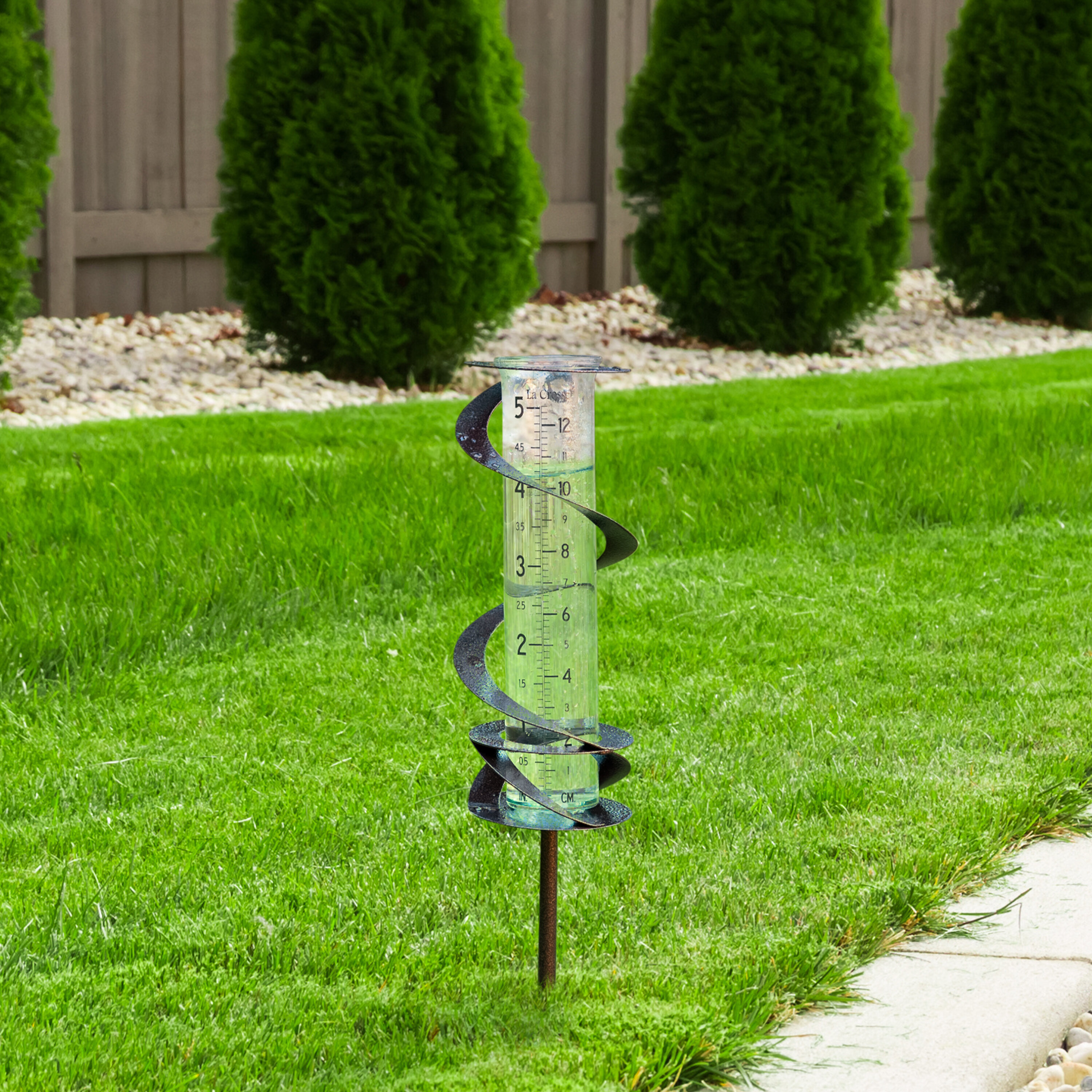Your Go-To Source on The Rain Gauge: Benefits and Practical Applications
Your Go-To Source on The Rain Gauge: Benefits and Practical Applications
Blog Article
DIY Rain Scale: Straightforward Actions to Make Your Own
Creating your own DIY rain gauge is a reliable and basic method to videotape and determine rainfall. With simply a couple of usual products and some standard steps, you can conveniently create your own rainfall scale at home. Let's get begun on making your Do it yourself rainfall gauge today!
Gather Materials
To start creating your DIY rainfall scale, collect all the required products making use of a detailed list of things. Having the right products on hand will make sure the successful development of your rainfall gauge and enable exact dimensions of rainfall. You will require a clear plastic container or cylinder, such as a plastic bottle or jar. Make certain the container is clear to ensure that you can conveniently see the water degree inside. Next, you will require a leader or gauging tape to mark the increments on the container. This will allow you to gauge the quantity of rainfall accurately. Furthermore, you will certainly require a permanent pen or waterproof tape to note the dimensions on the container. This will make sure that the markings continue to be visible also when subjected to rainfall. You will certainly require a tough base or risk to firmly hold your rain scale in location. This can be a wood or metal stake that can be put right into the ground or a durable flat surface area to supply security. Gathering these products ahead of time will streamline the construction procedure and make certain that you have everything you need to develop your own do it yourself rain scale.
Prepare the Container

Mark the Dimension Increments
To precisely determine the amount of rains, properly noting the dimension increments on your DIY rain gauge is necessary. Without clear and specific markings, it would be difficult to figure out the specific quantity of rainfall accumulated in your rain gauge. Here are the steps to mark the measurement increments on your rainfall scale.
The most common units for measuring rains are millimeters and inches. When you have picked the unit, utilize a long-term marker or waterproof paint to note the increments on the side of your rainfall gauge.
When noting the increments, it is essential to make sure that they are equally spaced and clearly noticeable. Make use of a ruler or gauging tape to guarantee precision and consistency. Additionally, make certain that the markings are resistant to fading or abrading, as direct exposure to the elements may create them to wear away in time.
Place the Rainfall Scale Outdoors
The rain scale need to be put outdoors to accurately accumulate rains data. The location selected for the rain gauge should be open and cost-free from any kind of obstructions that might possibly influence the measurement of rains. The Rain Gauge.
Furthermore, it is important to place the rainfall gauge on a stable surface, such as YOURURL.com a level ground or a sturdy blog post. This will certainly prevent any kind of motion or tilting of the scale, which can result in unreliable dimensions. It is also advisable to stay clear of putting the gauge near any kind of resources of man-made water, such as lawn sprinklers or drain systems, as this could conflict with the precision of the measurements.
Display and Document Rain Data
Routine monitoring and recording of rains data is necessary for exact information analysis and analysis. By monitoring rains measurements, you can obtain useful insights into climate patterns, environment fads, and water resource monitoring. To efficiently monitor and tape-record rainfall information, it is essential to establish a regular and preserve consistent techniques.
To start with, ensure that your rain scale is placed in an open area far from obstacles such as trees or structures that might block rains. In addition, ensure the rainfall scale is level and firmly anchored to stop any activity that might influence the accuracy of the measurements.

When taping the rains data, it is very important to note the date and time of each measurement. Make use of a ruler or a determining adhere to establish the try this out rains depth in the rain gauge, and record this info properly.
To make certain the accuracy of the dimensions, it is suggested to empty the rain Homepage scale after each recording. This will stop any overflow or evaporation from affecting succeeding measurements.
Final Thought
In verdict, producing a DIY rainfall gauge is a functional and simple way to keep track of and record rains information (The Rain Gauge). By complying with the actions laid out in this write-up, you can conveniently gather products, prepare the container, mark the dimension increments, and place the rainfall scale outdoors. Frequently keeping track of and recording rainfall data can offer useful info for various functions
Having the right materials on hand will make sure the successful development of your rain gauge and allow for precise dimensions of rainfall.To properly determine the amount of rains, accurately noting the measurement increments on your DIY rain scale is vital.The rain scale ought to be positioned outdoors to precisely gather rains information. The location picked for the rain scale need to be open and cost-free from any kind of blockages that might possibly impact the measurement of rainfall.In conclusion, developing a DIY rainfall gauge is a practical and easy way to check and tape rainfall data.
Report this page